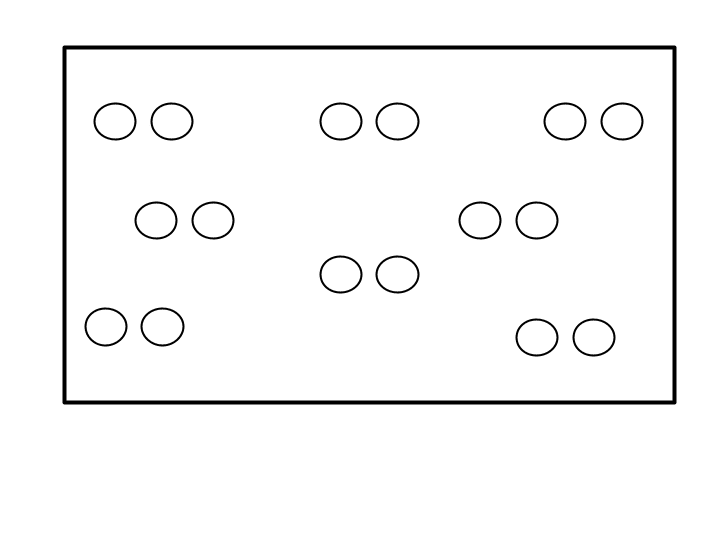گروپ کی تشکیل: پیشہ ، نقصان اور حکمت عملی۔
 کوشش کریں
کوشش کریں
For students who feel vulnerable in the spotlight, try a low-focus formation like dispersed (e.g., “Pick a spot in the room”) or a circle (e.g., “You can even try facing outward!”).
 کوشش کریں
کوشش کریں
جب آپ پیئر ٹو پیئر تعاون کو فروغ دینا چاہتے ہیں اور ہر کسی کو دیکھا اور سنا محسوس کرنے کی اجازت دینا چاہتے ہیں تو چھوٹے گروپس یا پارٹنرز کو آزمائیں۔
 کوشش کریں
کوشش کریں
For residencies, test out a few formations in your early classes—including the placement of the adults in the room—to see how your students respond.
دائرہ/نیم حلقہ
Students meet in a circle or semicircle formation either seated or standing.
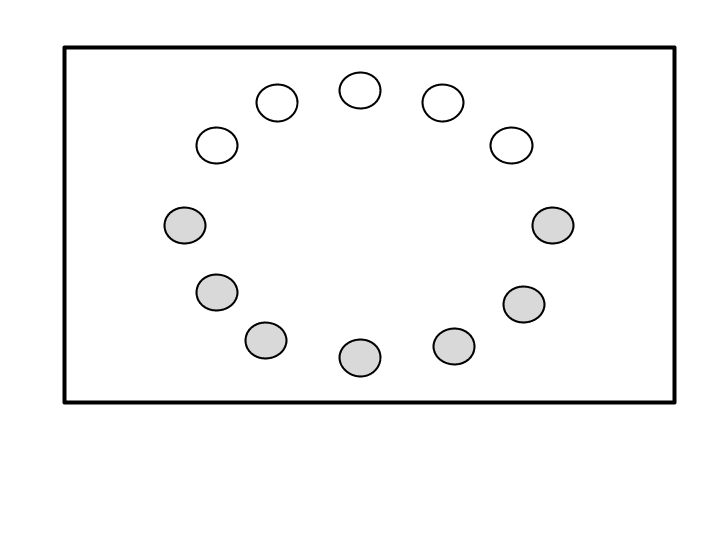
منتشر
Dispersed activities refer to any formation in which students are scattered throughout the space. This can be static (i.e., every student finds their own spot in the space) or active (i.e., students move throughout the space).
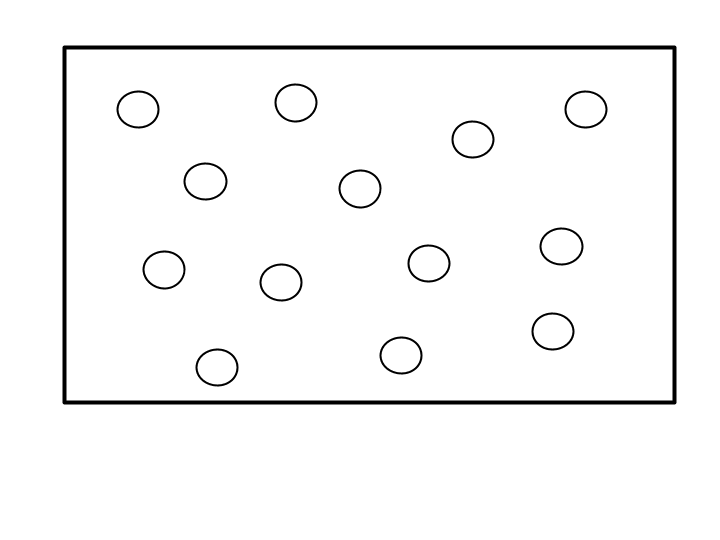
میزوں یا میزوں پر
Students explore an activity individually, or in small groups from their desk spots (depending on the current setup). Even during collaborative projects, independent work time can be useful.

سامعین/کھیلنے کی جگہ
This refers to anytime students are seated in one position facing an open area. The open area can either be a playing/sharing space or a means to focus on facilitators who are instructing from the open area. A variation on this formation includes students seated in a semicircle, which merges some of the benefits of a circle formation with an audience/playing space.
Other variations for dance include dance lines facing one direction, or across-the-floor activities.
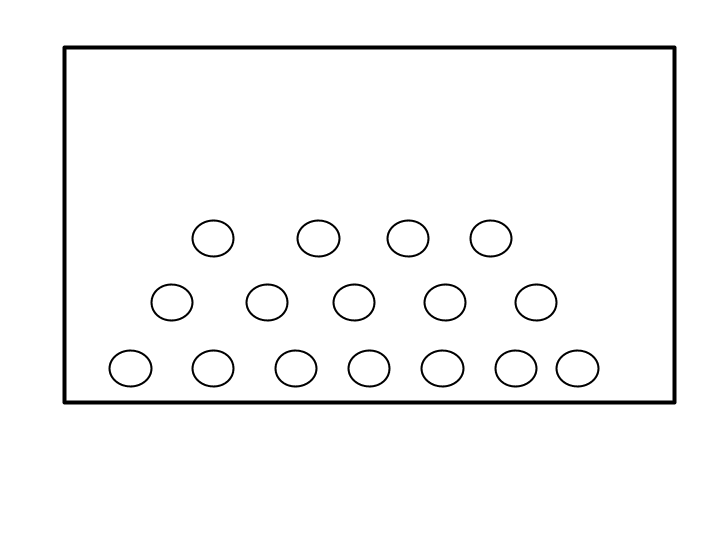
چھوٹے گروپس
اس تشکیل کی خصوصیت طالب علموں کے چھوٹے گروپوں کو خلا کے مختلف علاقوں میں تقسیم کرنے سے ہوتی ہے۔ اسے اسٹیشن کی شکل میں ڈھال لیا جا سکتا ہے، جہاں طلباء ایک چھوٹے گروپ میں رہتے ہیں لیکن مختلف اشارے یا اسائنمنٹس کے ساتھ تعامل کرنے کے لیے پورے کمرے میں گھومتے ہیں۔ یہ تشکیل اکثر وضع کرنے یا گروہ سازی کے اوقات میں مددگار ثابت ہوتی ہے۔
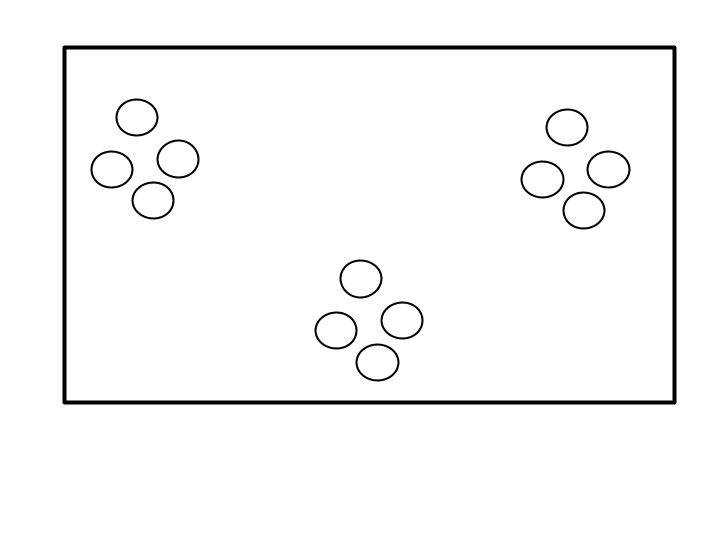
شراکت دار
This formation is characterized by giving students a single partner to work with. This can refer to moments when students have a partner and find their own space in the room, or when students are in two lines facing one another.
